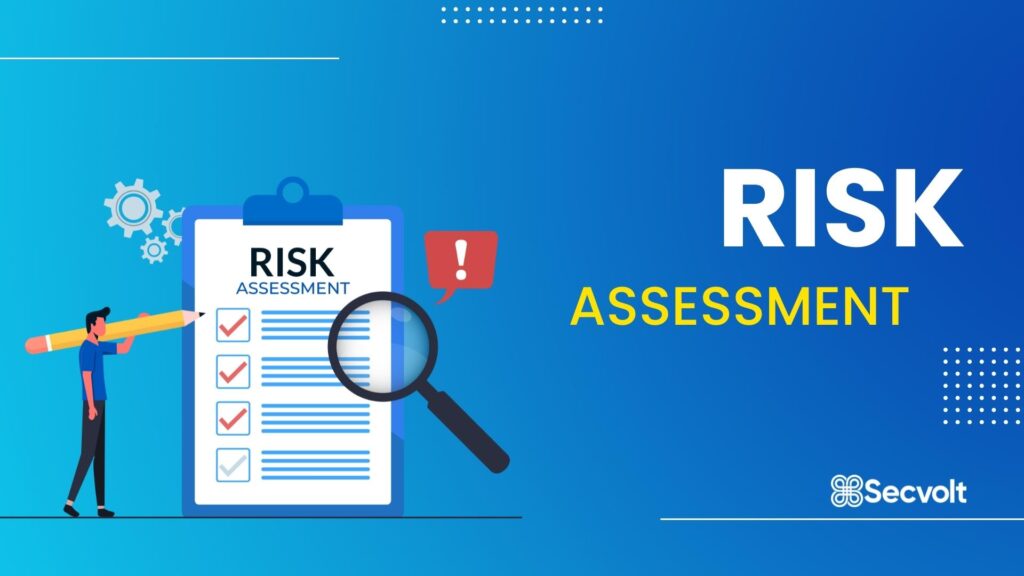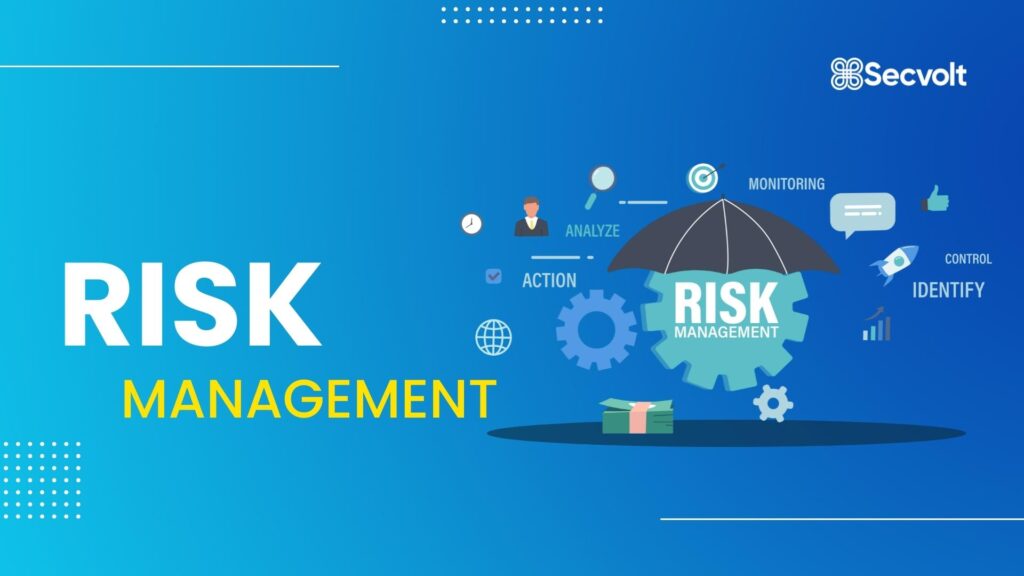
Portfolio Risk Assessment & Risk Management - Why Is It Important?
Imagine you are traveling somewhere with a bag. You are at an airport, typing something on your phone, or reading a book. Your bag is lying beside your sofa. Your complete attention might not be on your bag, but you know it is lying there. Nobody can just come, pick it up, and run away. Right?
Now that bag is your investment portfolio. Your attention right now might be on your work or pleasure. But somewhere beside you, your portfolio is lying. It needs your attention every now & then. Sometimes it might rain, so you keep your bag elsewhere safely. How unforeseen circumstances arise in the markets, and you respond with your stocks accordingly. You have to manage how you will carry the bag to your hotel. You are in charge of what asset classes and what degree of risk to take. Sometimes you hand it over to the hotel staff because you trust them to keep it safe.
Similarly, you hand over your portfolio to your fund manager or portfolio managers because you trust them. But you protect your ‘bag’ at all costs, ‘portfolio’ from all risks. Today, we will be talking about analyzing & managing the risks associated with your investments & portfolio. Let us start with the analysis aspect of it.

Risk Assessment –
As the name suggests, analyzing, assessing, and calculating the risks associated with your investments & portfolio is Risk Analysis. We need to analyze the risks around our investments to optimize the value of our investment portfolio. To make maximum profits, we must assess all sides of the coin. These sides include assets, classification, allocation, risk, premium, returns, prospects, etc. For risk assessment, we have mentioned a few points below:
-
- Allocate your assets properly – The first step in analyzing a particular side of your portfolio would be to have the assets placed at a location. For example, you have to find the mean weight of ten adult men. Now, what is your first requirement here? Ten adult men & a weighing scale! Similarly, to analyze the risks associated with your assets, you first allocate them to their place. Once we classify the asset classes, we move to our next step.
-
- Assess the market risks – Once you allocate the assets to their respective classes, you should look at the general risk running in the market. Some factors are common to all businesses. Some factors affect all businesses. Take, for example, the rate of inflation. No enterprise or no individual remains unaffected by it. And these have a lasting impact on your portfolio overall. Thus, it is crucial to analyze the market risk & market standing of our portfolio well.
-
- Calculate the risks associated with each asset classification – Once you have assessed the market risks thoroughly, the next step would be to calculate the divided risks. Market one was generic; these are more specific. Overall performance gets affected by the degree of risk exclusive to the asset classes. Each asset classification comes with its own rules, risks, and returns. And for thorough risk analysis, we must understand each asset to its core. It takes time & practice, but as you get better at it, you analyze the risks better, and overall returns on your portfolio get optimized.
Now that you know the risk analysis‘ steps, you can get a detailed portfolio analysis with Secvolt’s Premium Risk Assessment Tool. ( https://calculator.secvolt.com/ ) helps you get an intensive assessment of your portfolio and the prospects it holds.
If you need some ideas about what to read next, here they are:

Risk Management –
Take the same example as earlier, where you were to find the average weight of ten adult men. You have used the weighing scale and noted their respective units. Now, you have to take out the average. Similarly, now you know the steps for analyzing the risk, you also have a premium tool to do the same. Our next step should be managing those risks. Following are some points that can help:
-
- Invest as per your risk tolerance –
Know where you stand. Taking risk tolerance as a base, you classify as one of the following:
-
- You are an aggressive investor if you are ready to risk money for better profits.
- A moderate investor balances the capital invested and the risk involved in it.
- And you are a conservative investor if your risk tolerance is lower. You don’t want to risk your money if that comes with a higher degree of uncertainty.
Thus, based on your risk tolerance, you should choose your investments. For example, if you are an aggressive investor, you should go with stocks, but if conservative, you should take up a safer option like fixed deposits.
2. Hone your skills & be patient –
Remember the saying: Knowledge is power. Similarly, in the financial field, a combination of your skill, knowledge, expertise, and experience is what makes you a winner! Thus, never underestimate the power of upskilling and investing in yourself. This way, you wouldn’t just become wiser, you will also manage your risks better, and your portfolio will perform better. Patience is another factor that is a must-have for you to manage the risks better. Remember, time is the best teacher!
We all wish there were a tool that could help us assess and manage our risks better. Well, (https://calculator.secvolt.com/) is the answer to our wishes. A premium portfolio risk assessment tool that gives you detailed insight regarding your investment portfolio. It not only puts a transparent picture of your risks but also puts forward a solution. It helps you assess and manage your risks better, so you can get the best!





